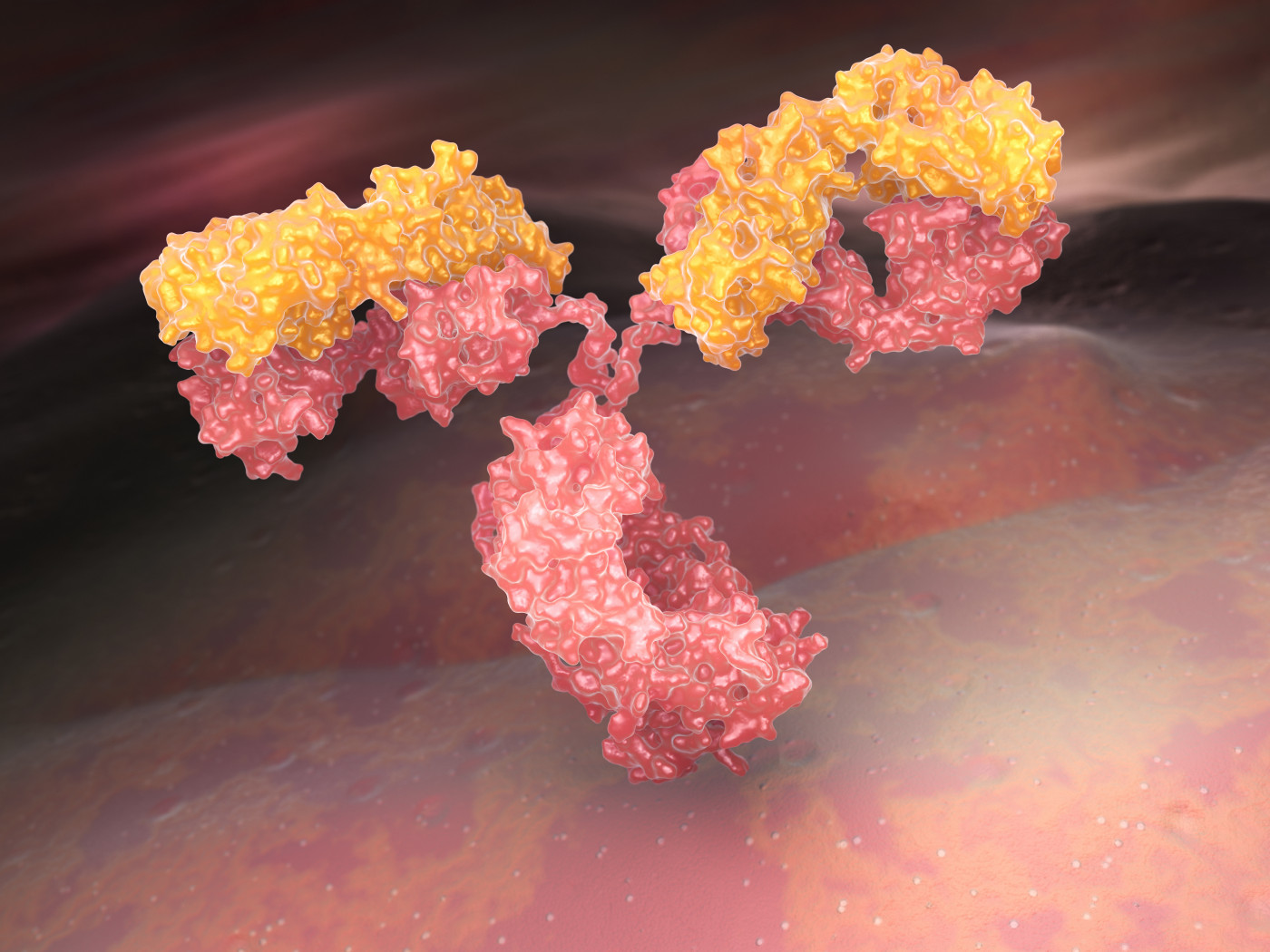MG Patients Show High Levels of Chemical Modification on CTLA-4 Gene, Study Shows
Written by |

Patients with myasthenia gravis (MG) have higher levels of a chemical modification — known as DNA methylation — on the CTLA-4 gene, which is linked to higher levels of autoantibodies and inflammatory molecules, according to researchers.
The study, “CTLA-4 methylation regulates the pathogenesis of myasthenia gravis and the expression of related cytokines,” was published in the journal Medicine.
MG is an autoimmune disease that develops due the presence of autoantibodies against acetylcholine receptors (AchR-Ab), which are necessary for signaling between the nervous system and muscle cells.
A protein called cytotoxic T lymphocyte correlated antigen-4 (CTLA-4) is displayed on the surface of T-cells — a type of immune cell — and plays a role in suppressing immune responses.
Recent studies have shown that the CTLA-4 protein may be involved in the processes that lead to the development of myasthenia gravis.
DNA methylation is a process by which a molecule called a methyl group is added to DNA. The methylation status of genes can control gene activity. Generally, if the promoter region of a gene is methylated, then it is not activated and the protein is not produced.
While studies have suggested a correlation between the CTLA-4 gene and myasthenia gravis, not much is known about gene methylation in cases of MG.
Chinese researchers conducted a study to explore the methylation status of CTLA-4 and how it relates to myasthenia gravis. A total of 103 samples collected from MG patients and 86 samples from healthy individuals (control group) were analyzed.
Results showed that methylation in the promoter region of CTLA-4 was significantly higher in the myasthenia gravis group compared to the control group. This was associated with reduced levels of the CTLA-4 protein in the MG group.
Because autoimmune diseases such as MG are frequently associated with thymus dysfunction, researchers looked at whether methylation levels of CTLA-4 were different in patients with thymic abnormalities.
In fact, more patients with an abnormal thymus had higher levels of CTLA-4 methylation compared to patients with a healthy thymus.
Therefore, methylation levels of the CTLA-4 gene were found to be linked to the presence of myasthenia gravis as well as the status of the thymus.
As the CTLA-4 protein is involved in suppression of the immune response, reduced levels of CTLA-4 — resulting from higher CTLA-4 gene methylation — could explain the heightened immune response seen in myasthenia gravis.
Researchers next looked at levels of DNA methyltransferases — the enzymes responsible for DNA methylation — and found that these were higher in the MG group.
Previous studies have shown that the antibodies AchR-Ab, titin-Ab, and presynaptic membrane antibody (RyR-Ab) play a role in myasthenia gravis, so researchers checked for a possible association between levels of these antibodies and CTLA-4 methylation.
They also explored the association between CTLA-4 methylation and levels of inflammatory molecules.
A statistical analysis indicated that CTLA-4 gene methylation was associated with higher levels of AchR-Ab, Titin-Ab, and RyR-Ab, as well as higher levels of the inflammatory molecules IL-2, IL-10, IFN-γ, and TGF-β.
Significantly, when researchers treated T-cells — which express CTLA-4 — with chemicals that decreased methylation, they found a decrease in levels of AchR-Ab, IL-2, IL-10, IFN-γ, and TGF-β.
“The present study provided evidence on the correlations between CTLA-4 methylation and the [disease development] of MG,” the researchers wrote.
However, due to the sample size, more studies are needed to understand the regulation of antibodies and inflammatory molecules by CTLA-4 methylation, they added.






Leave a comment
Fill in the required fields to post. Your email address will not be published.